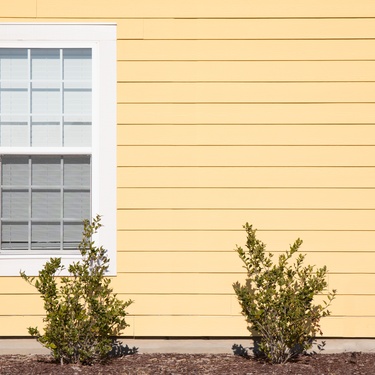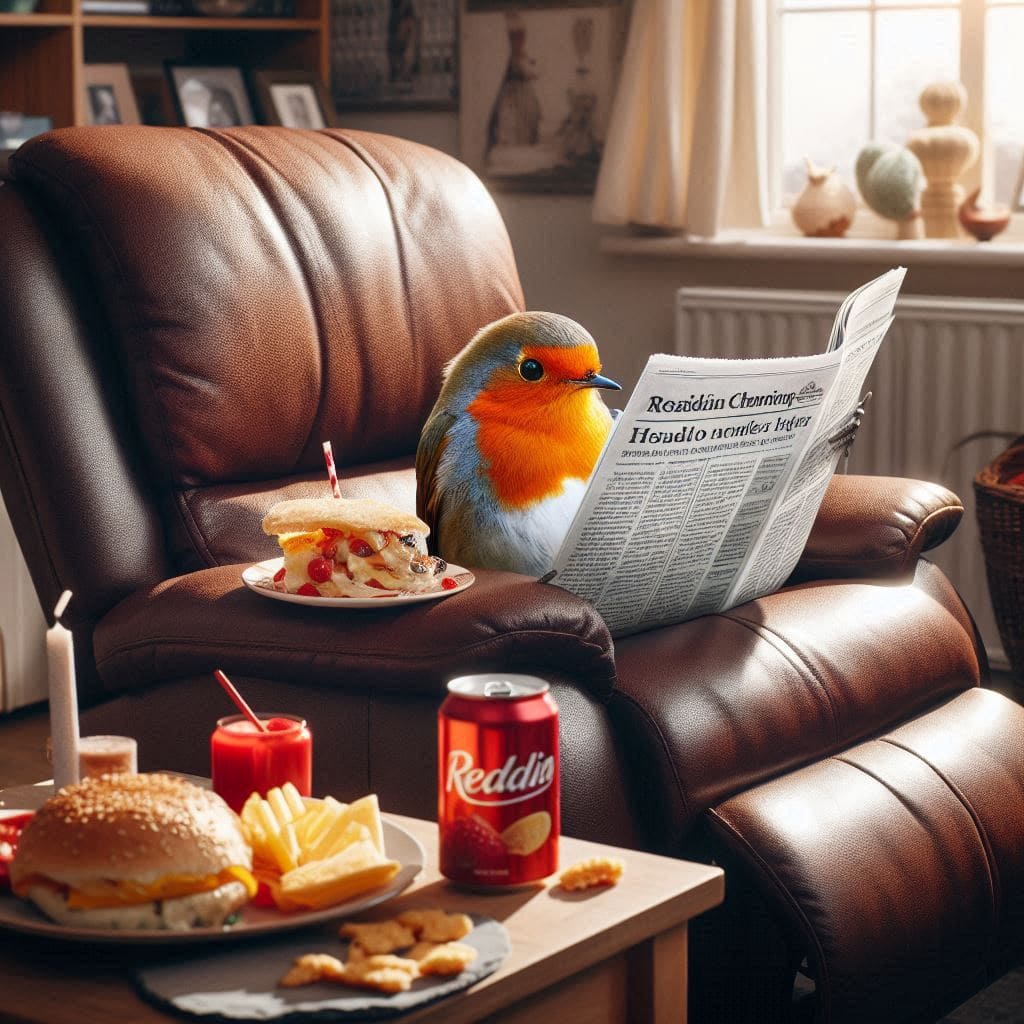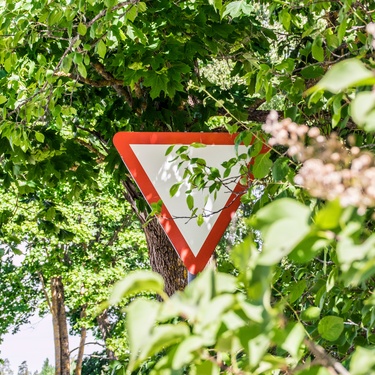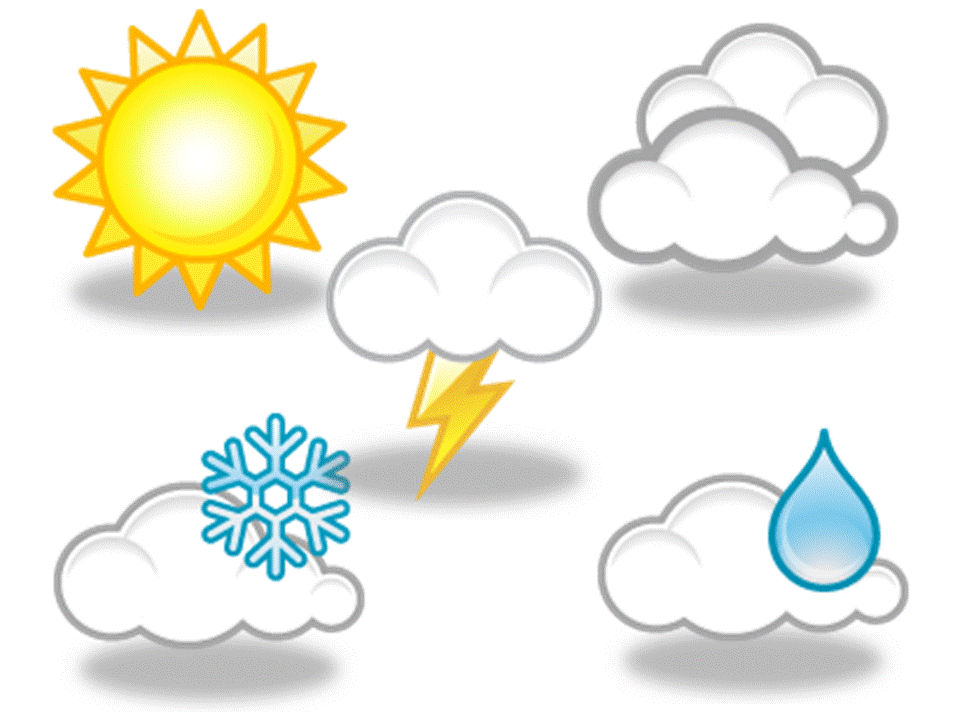
Choosing the right siding for your home involves more than just aesthetics. Weather plays an important role in determining which material will best protect your home over time. From rain to intense sunlight, understanding how siding performs under different conditions can save you money and help maintain your home’s durability and appearance. This guide explores how weather patterns impact your siding options, helping you make an informed choice.
Moisture Protection Against Rain and Humidity
Rain and high humidity levels can lead to mold, mildew, and rot, common enemies of traditional wood siding. Vinyl and fiber cement siding work exceptionally well in regions prone to wet weather. Vinyl resists damage from constant exposure to moisture, while fiber cement offers a strong barrier that prevents water penetration. Properly sealed edges and high-quality materials can reduce the risks of water damage over the years.
Handling Extreme Heat and Cold
Homes in areas with dramatic temperature swings require siding that can expand and contract without warping. Insulated vinyl siding performs exceptionally well under these conditions, providing a buffer against heat and freezing temperatures. Fiber cement also proves durable when facing fluctuating conditions, as it resists heat damage while maintaining its structure during cold spells.
Additionally, color impacts your home’s siding because it determines how much heat it absorbs, making lighter shades better for hot regions and darker tones a good choice for colder areas.
Thriving Under Snow and Ice
Long winters with snow and ice can burden your home’s exterior. Siding that can handle the added weight of ice and snow buildup while reducing ice damming is vital. Thanks to their robust design, the engineered wood and fiber cement siding stand out in snowy regions. They don’t crack easily under pressure, and their sealed edges help prevent water from seeping in, reducing the risks of ice damage.
Durable Options for Hail and Strong Winds
Hailstorms and gusty winds cause dents, cracks, or even total loss of siding if the material isn’t strong enough. Metal siding or impact-resistant vinyl siding offers an excellent solution for homes in such regions. Metal is tough enough to withstand hail damage, while modern vinyl options have a reinforced core designed to handle high pressure. Choosing these durable materials shields your home during unpredictable weather.
Protection Against UV Radiation
Prolonged exposure to ultraviolet (UV) rays does more than fade the color of your siding—it weakens it over time. Homes in sunny climates benefit from siding materials with UV-resistant coatings. Fiber cement and premium vinyl siding come pre-treated to resist fading and maintain color integrity. This maintenance ensures your home’s exterior stays vibrant and durable, even in constant sunlight.
Selecting the right siding for your home means considering weather-based challenges, durability, and style. Rain, snow, hail, and sun uniquely impact siding longevity, but there’s a solution for every climate. Consulting with a professional can help you evaluate your local weather patterns and choose a solution tailored to your home’s needs. Protect your investment today by selecting the best siding for your climate and lifestyle.
Bio: Casey is a passionate copyeditor highly motivated to provide compelling SEO content in the digital marketing space. Her expertise includes a vast range of industries from highly technical, consumer, and lifestyle-based, with an emphasis on attention to detail and readability.



















